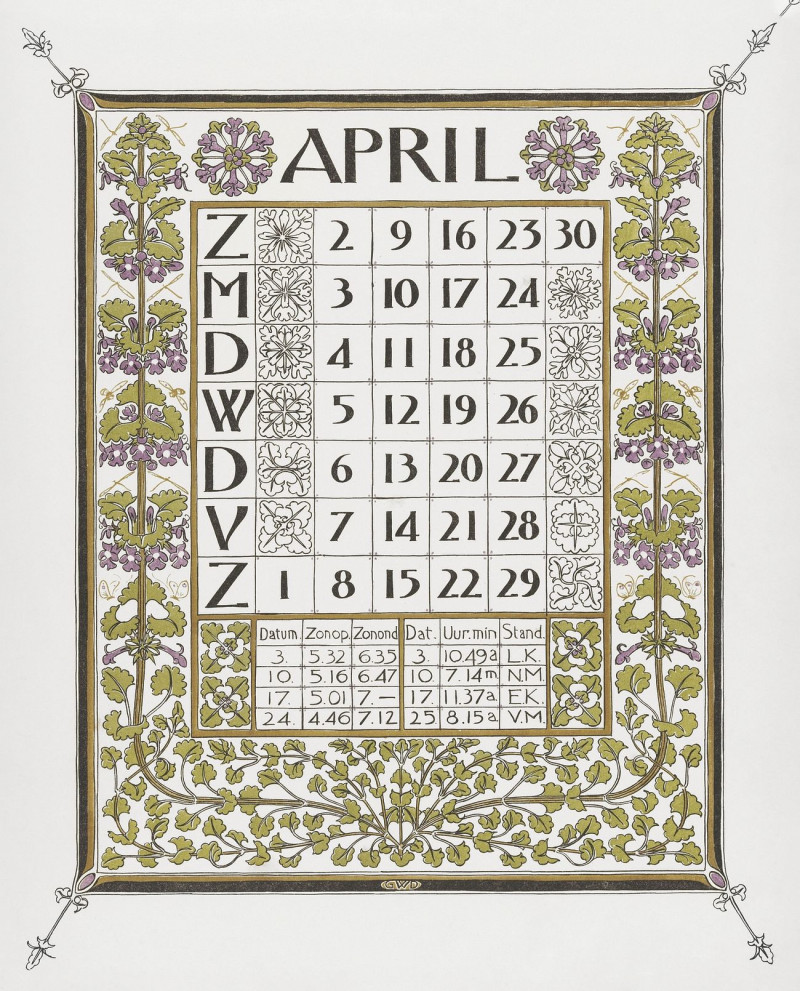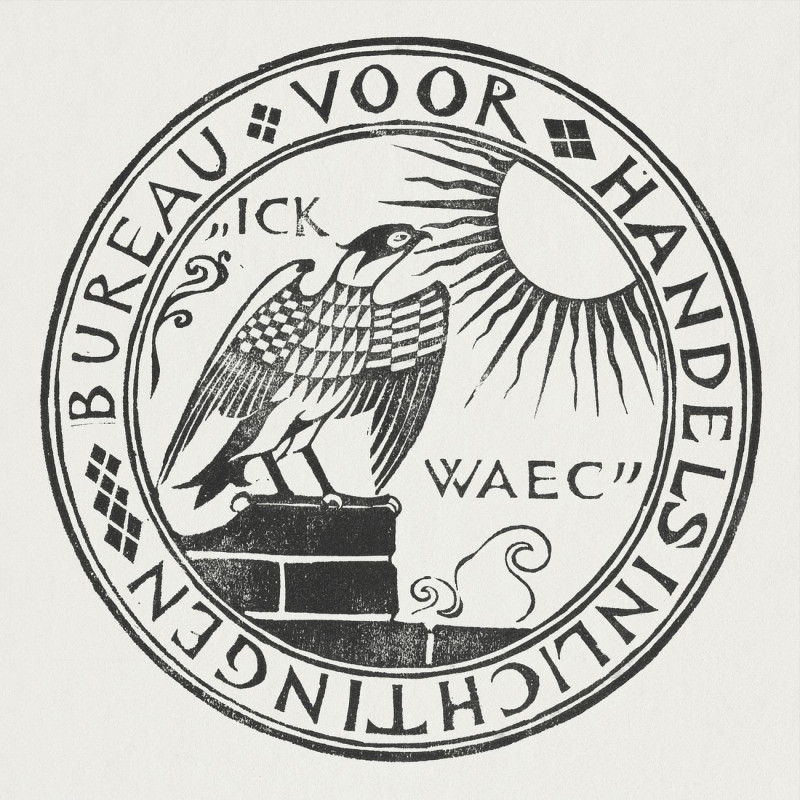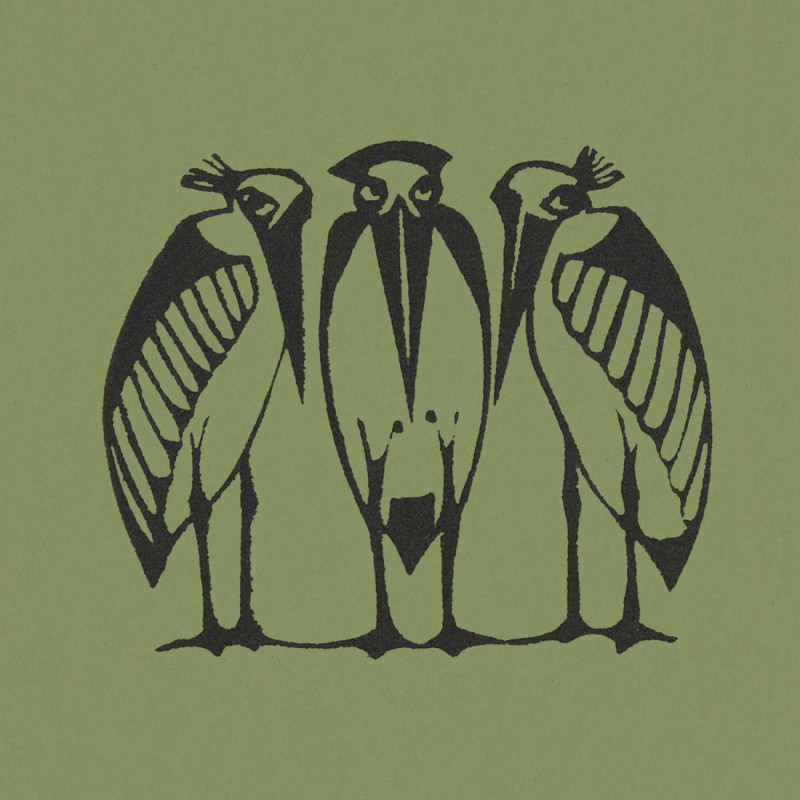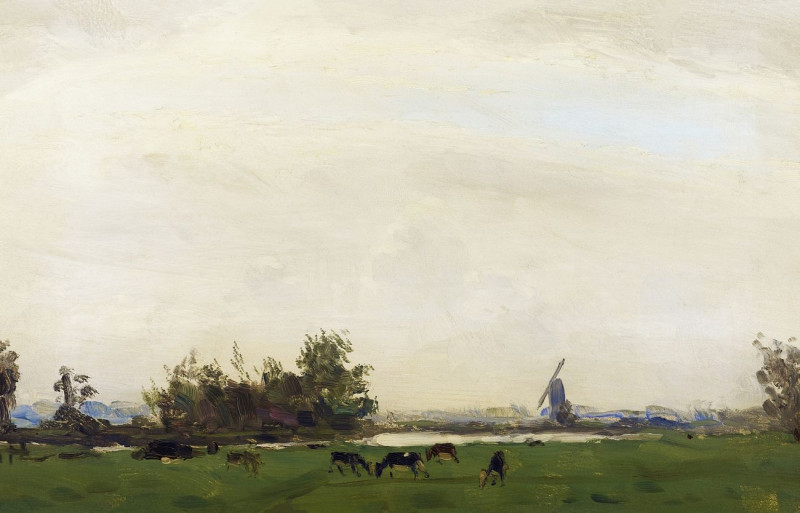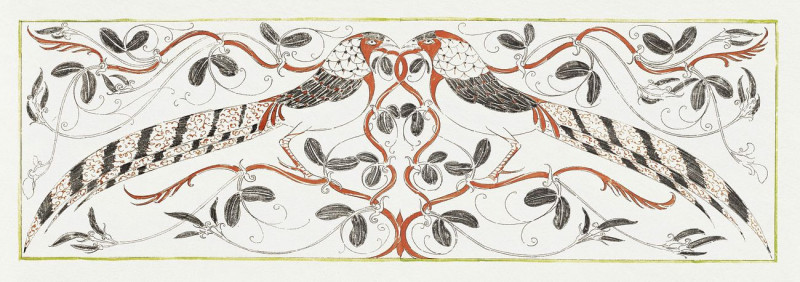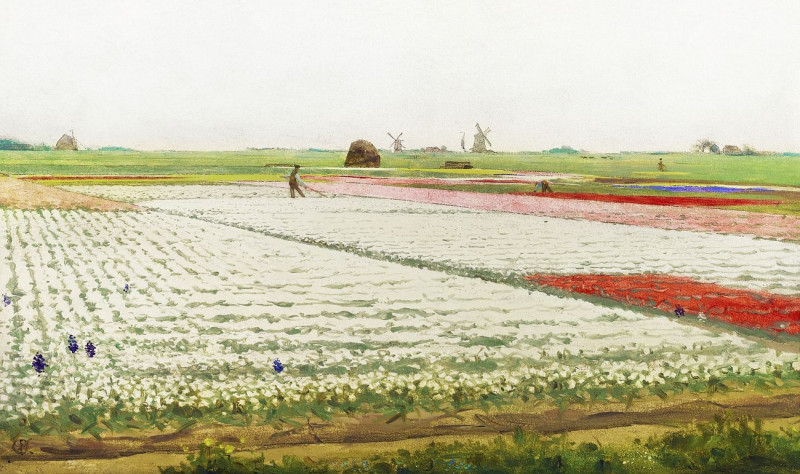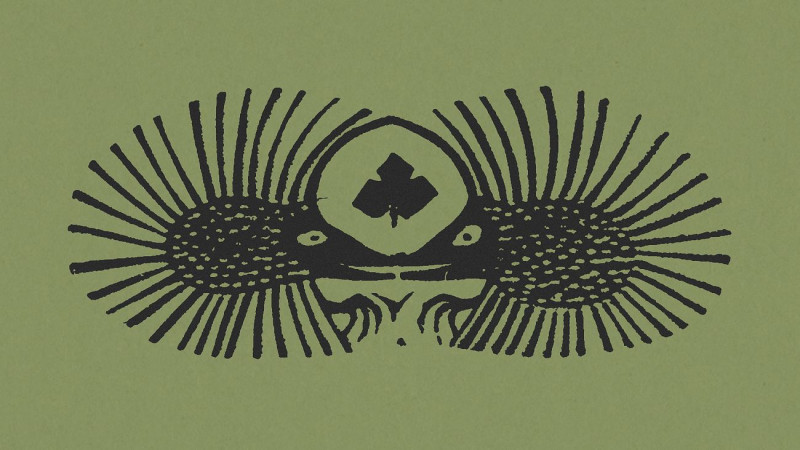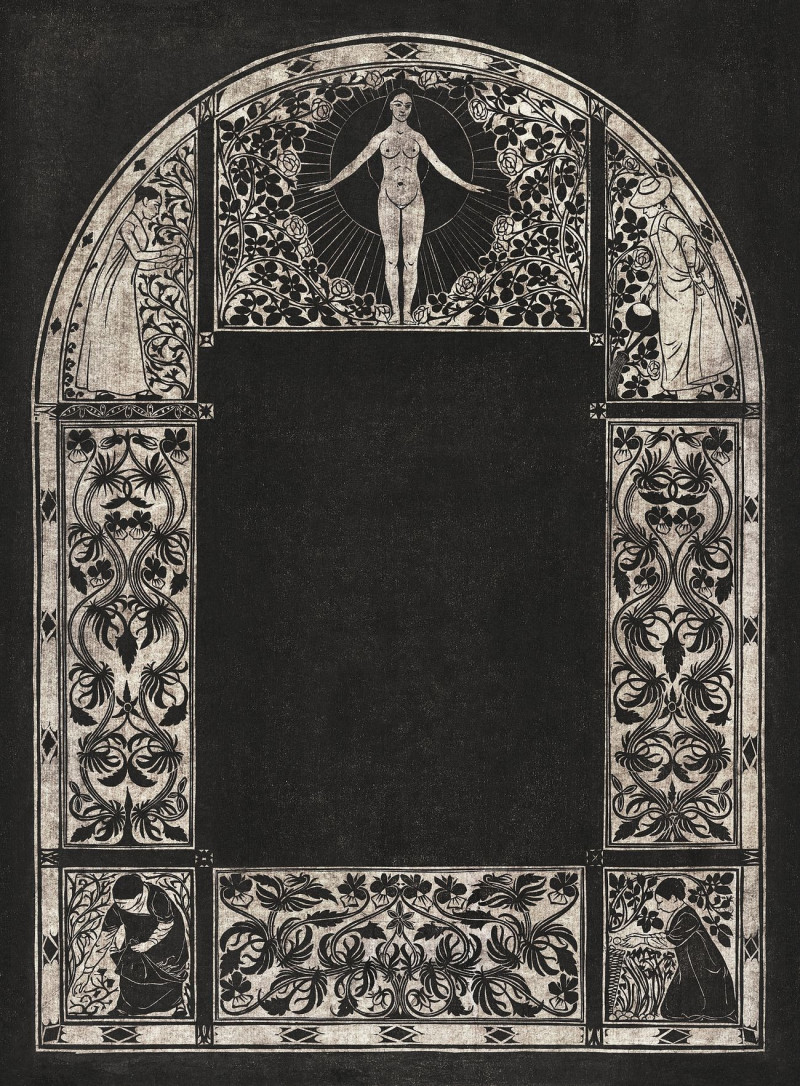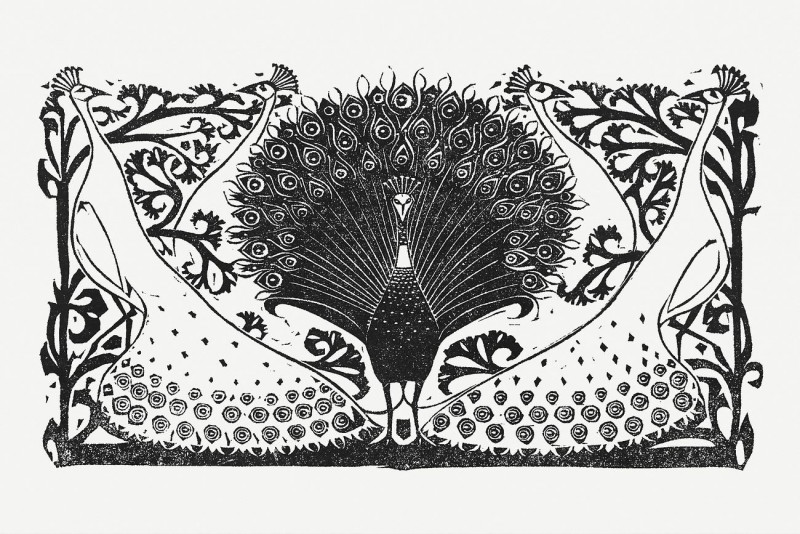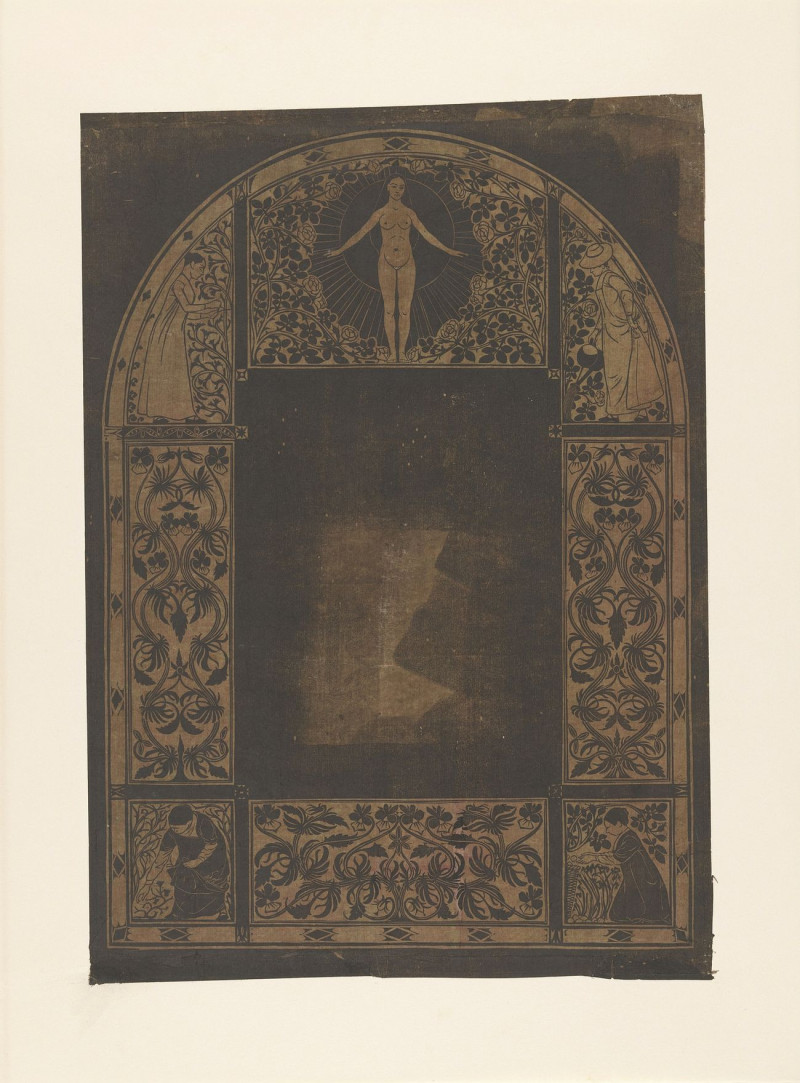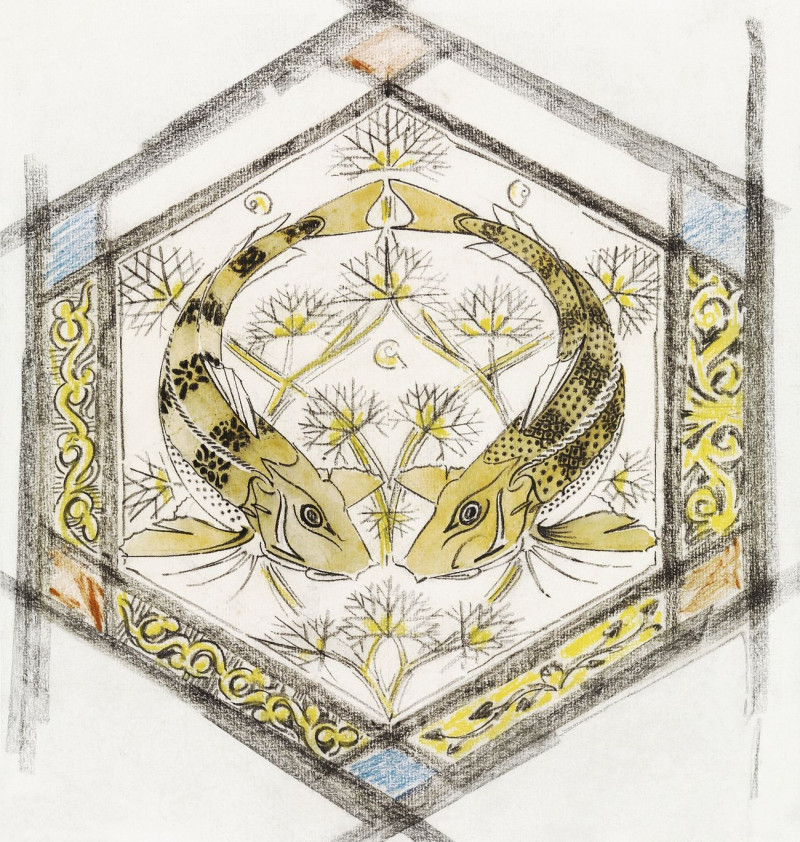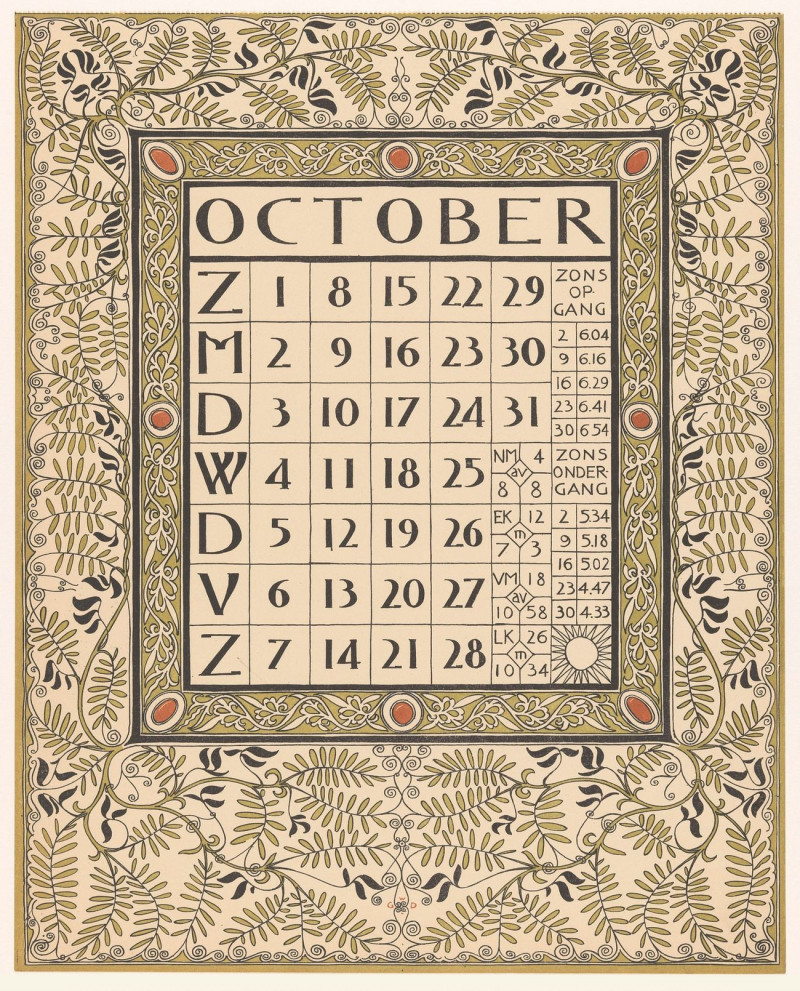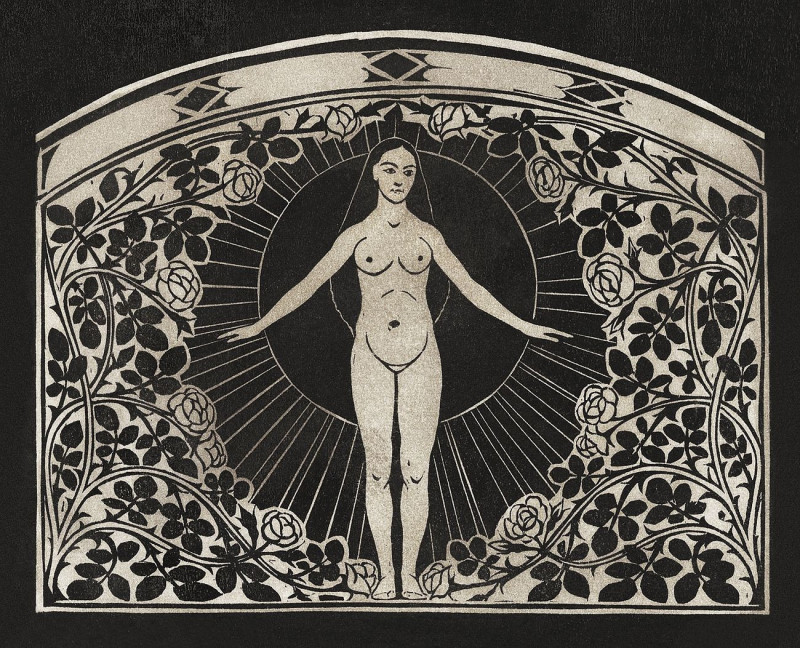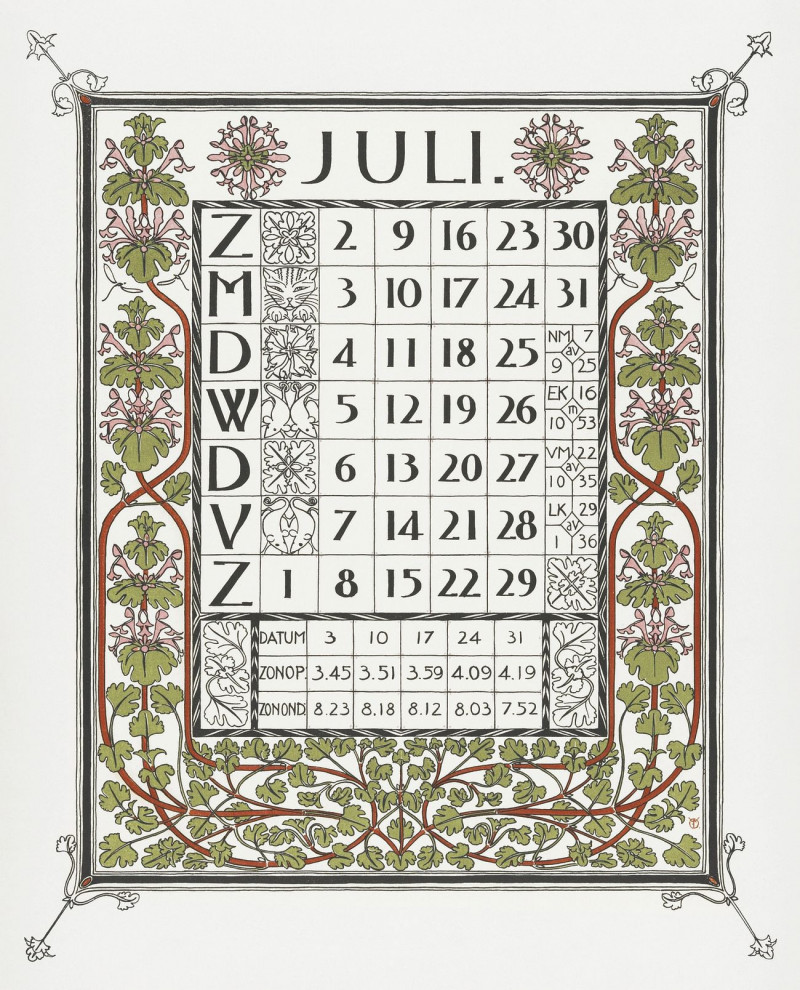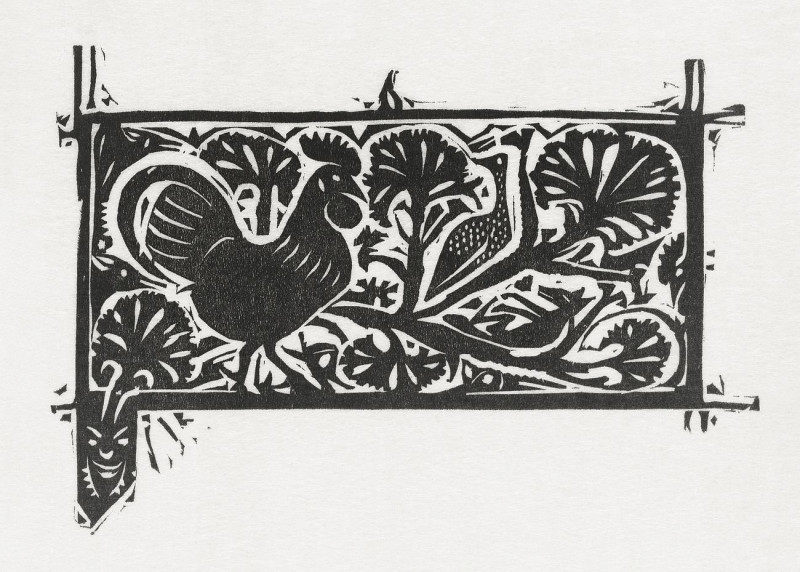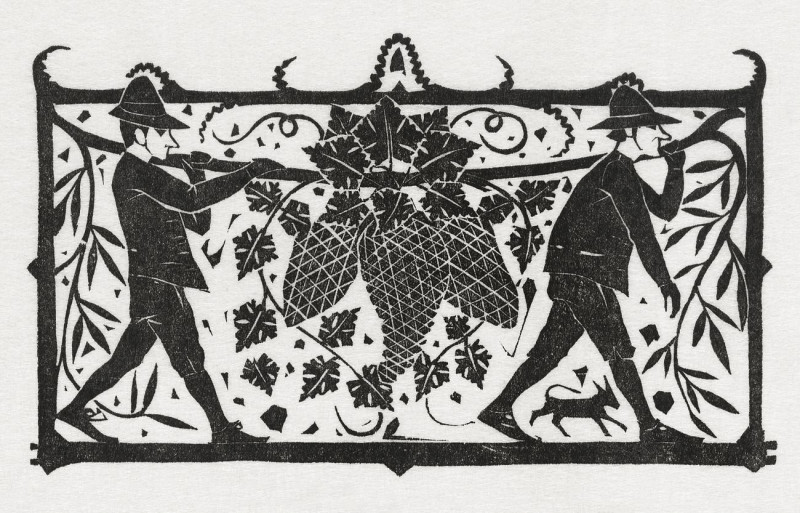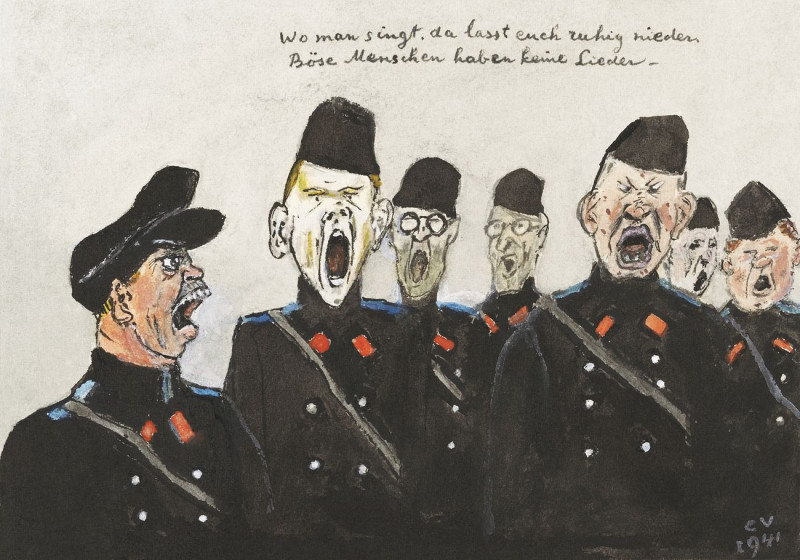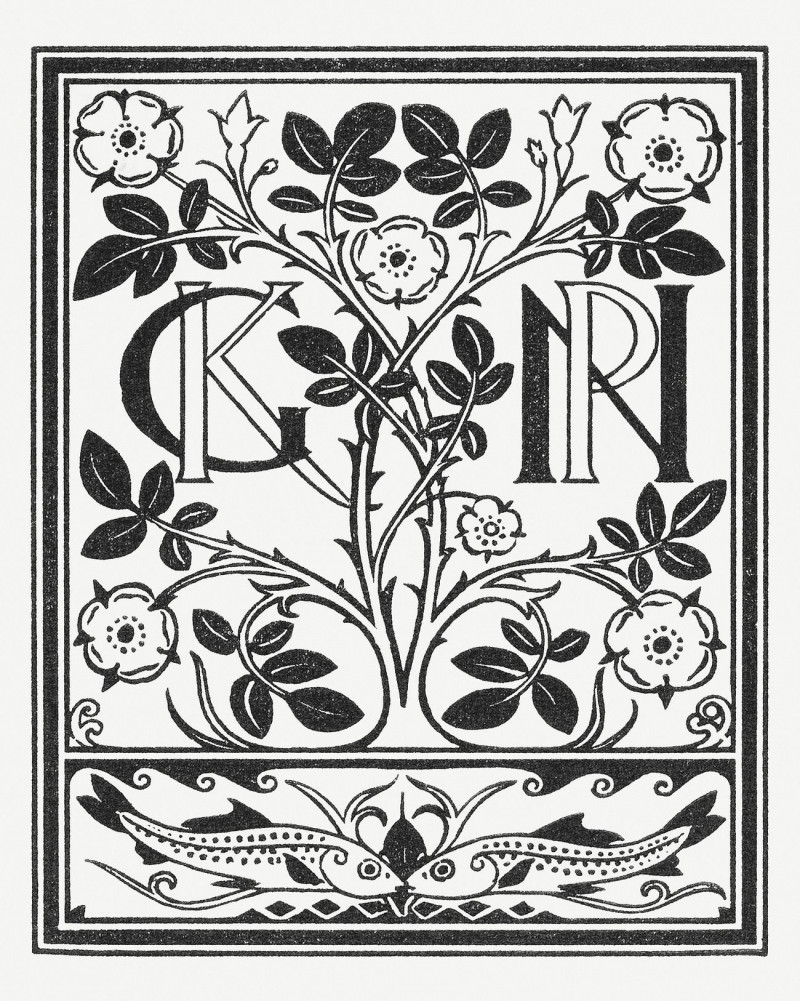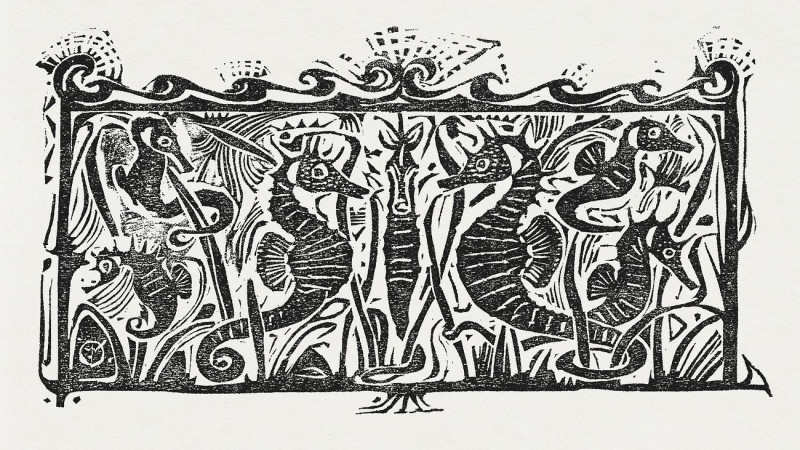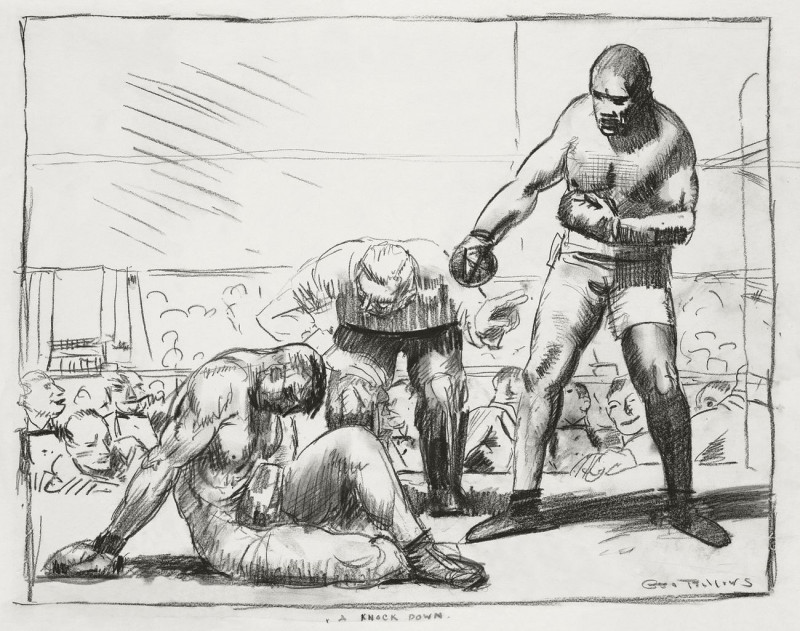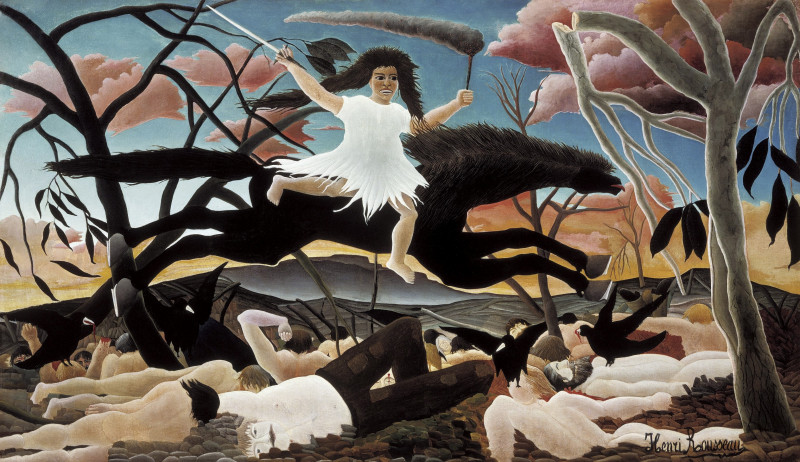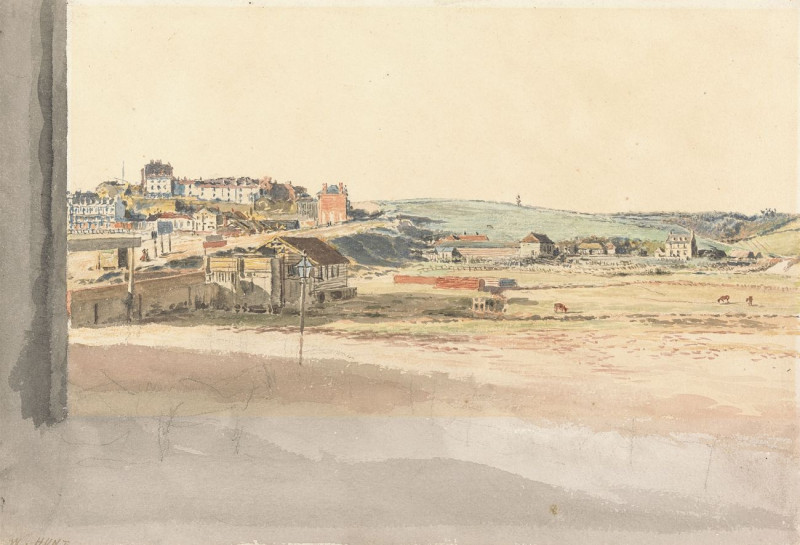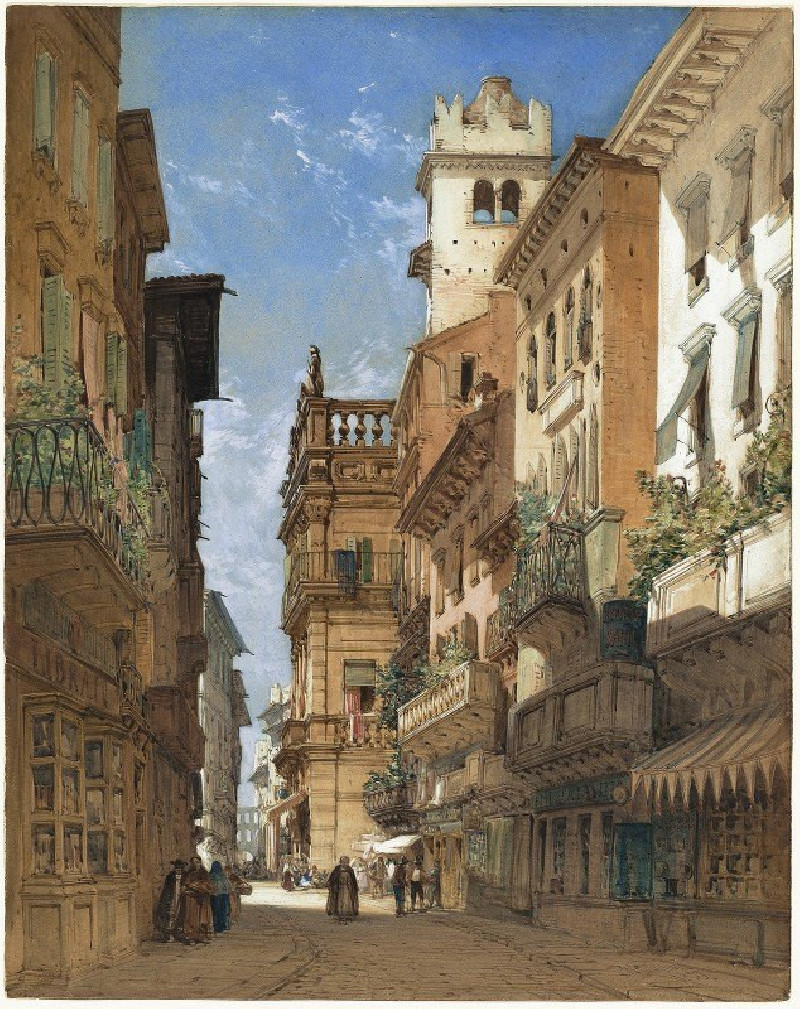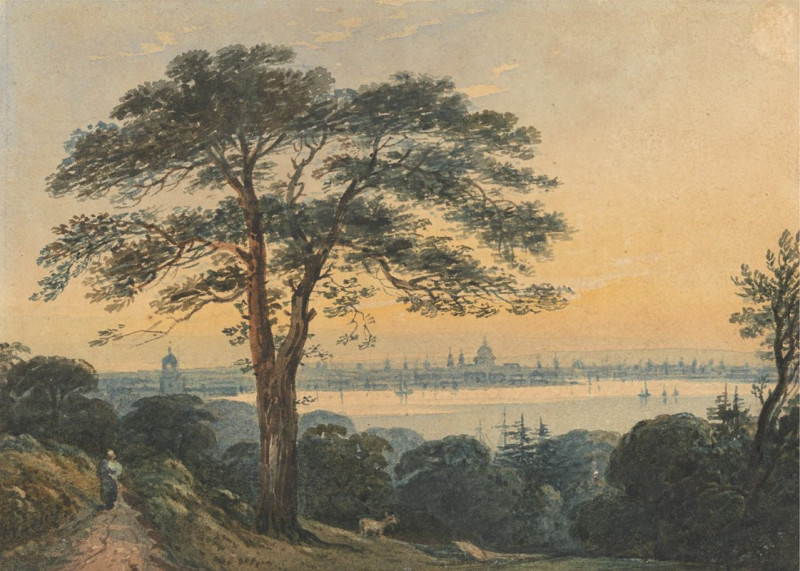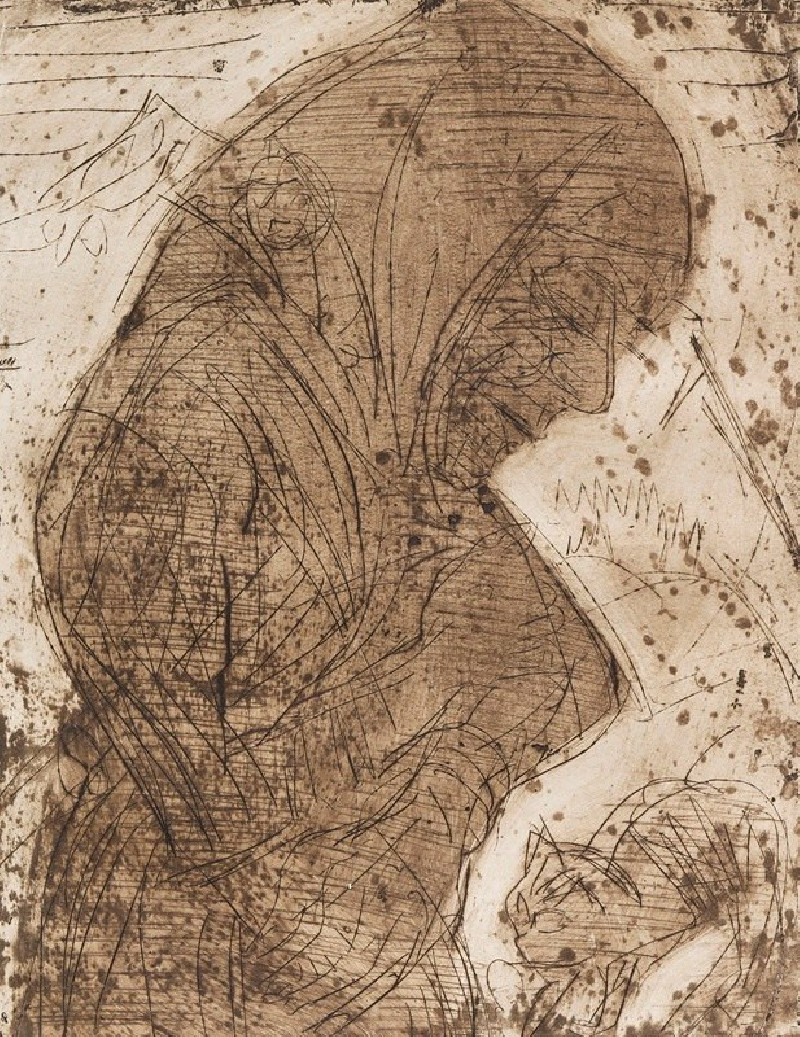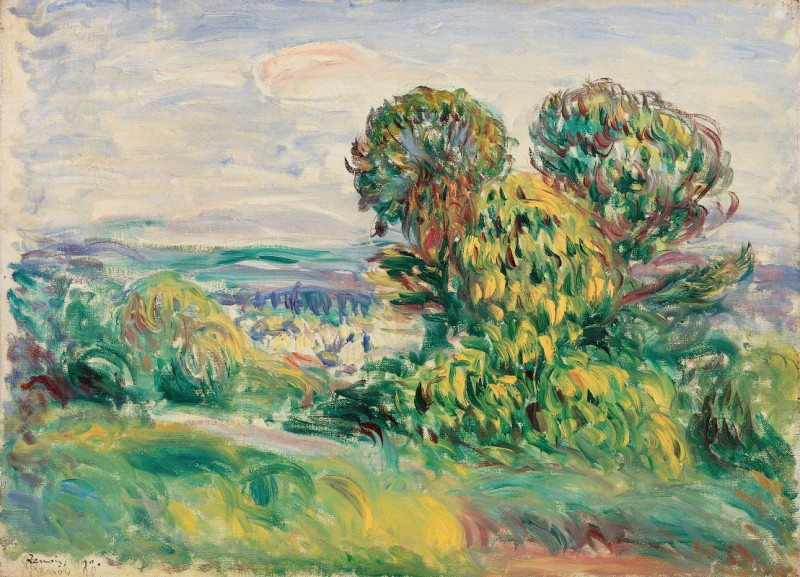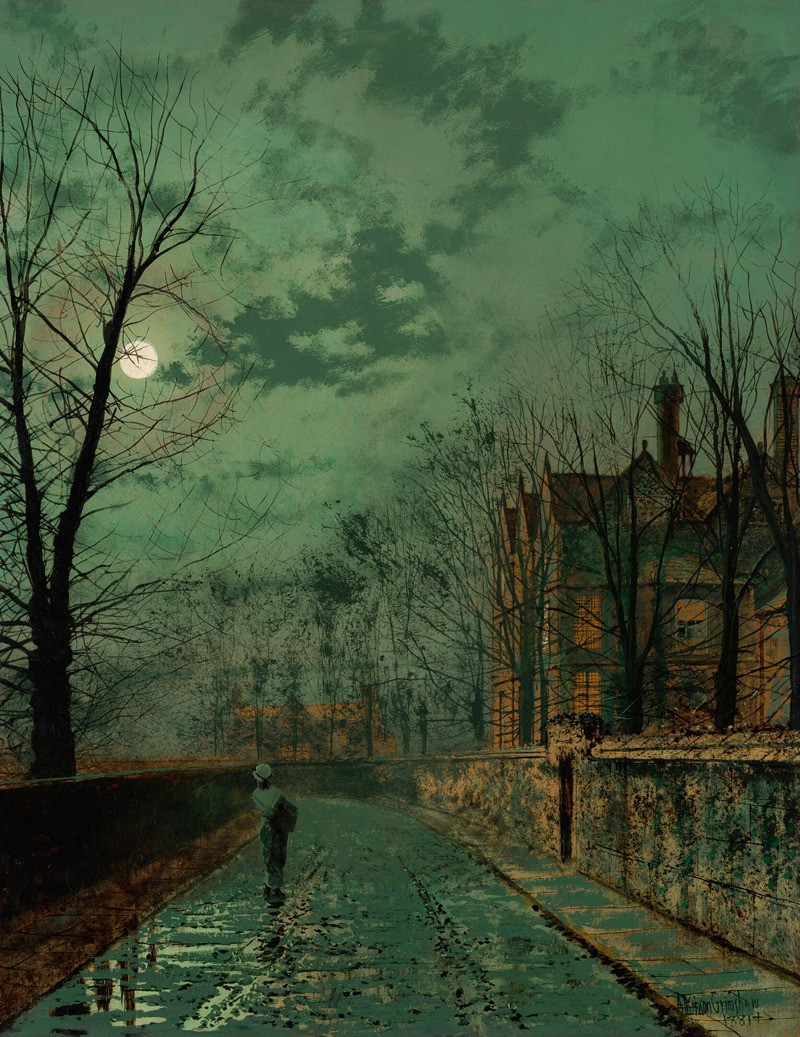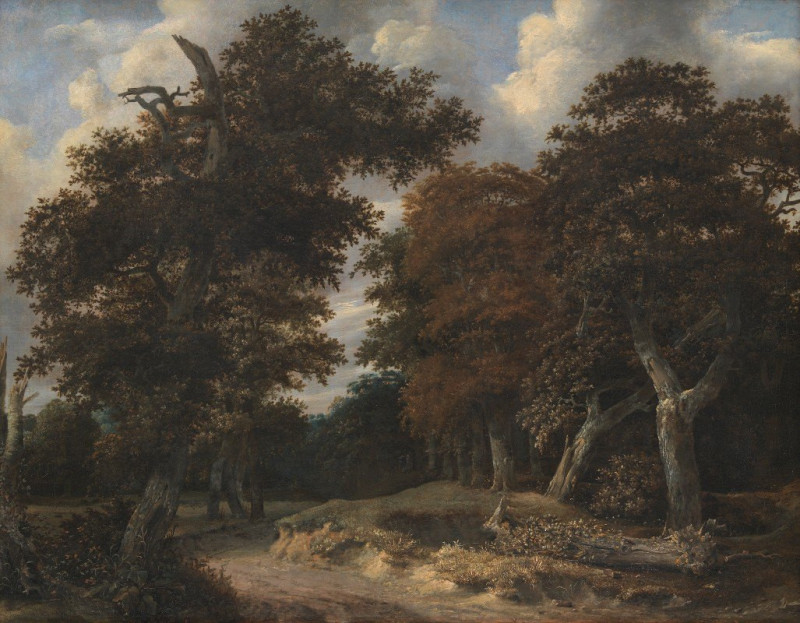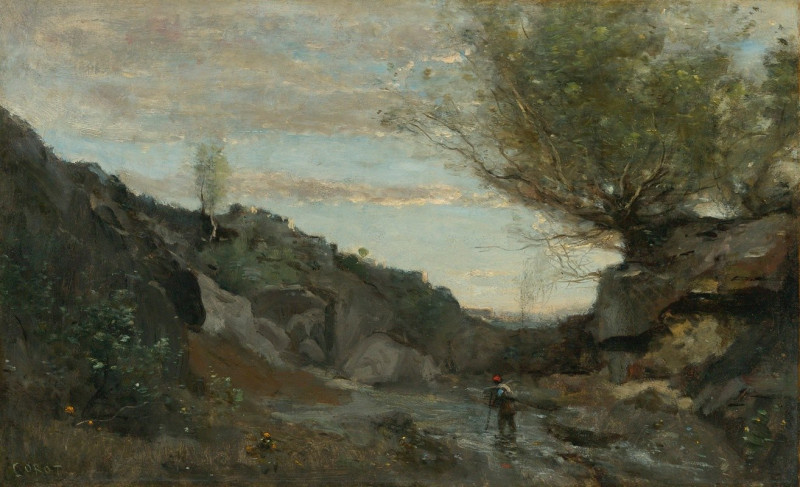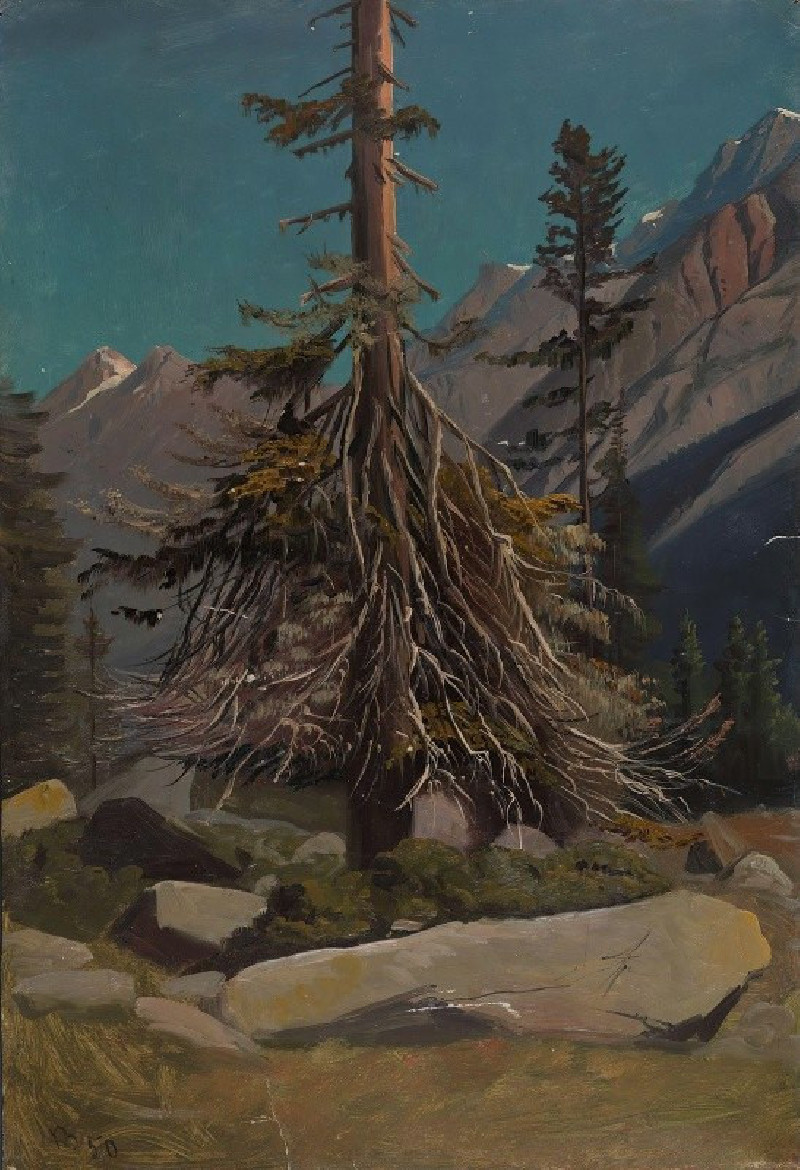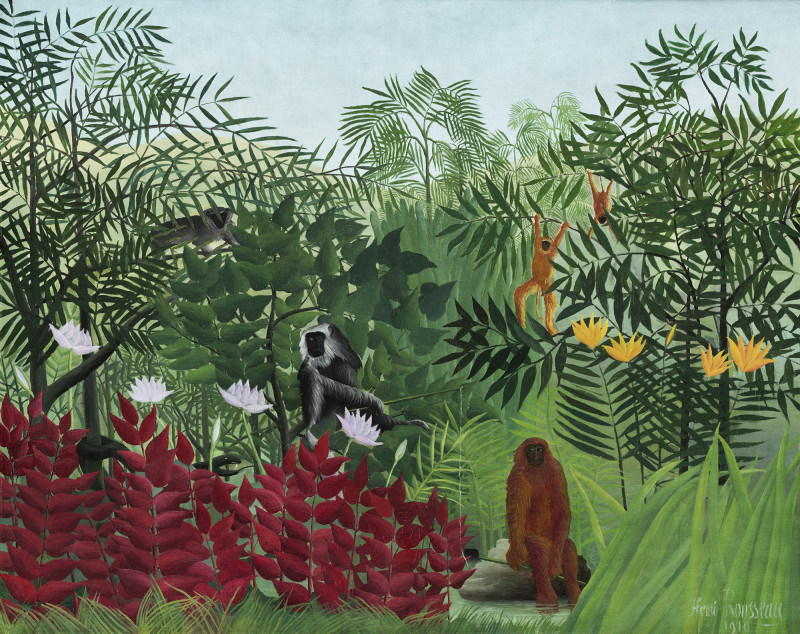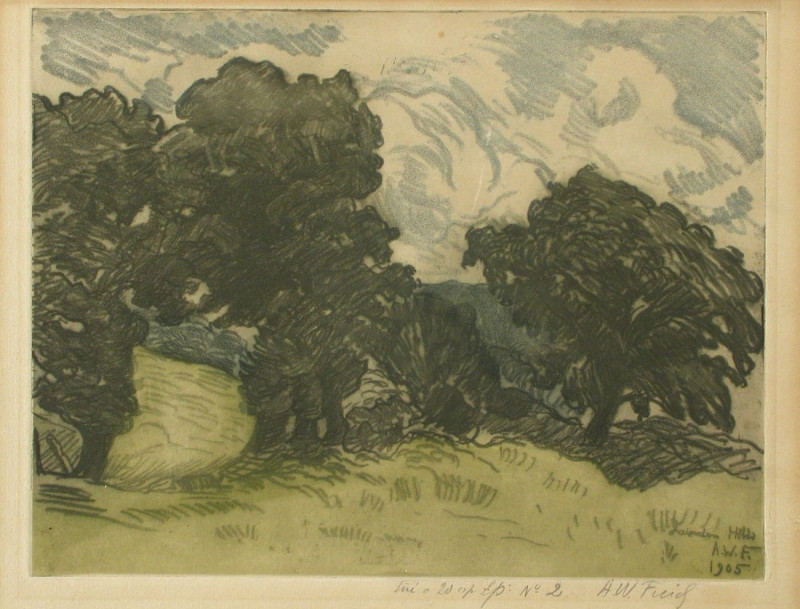Calendar For April 1899
Technique: Giclée quality print
Recommended by our customers
More about this artwork
The painting "Calendar For April 1899" by Gerrit Willem Dijsselhof is a beautifully designed decorative calendar page that showcases the artist's skill in graphic design and his affinity for nature-inspired themes. The artwork features the month of April, neatly segmented into a grid layout typical of a calendar, with the days of the week abbreviated at the top and the specific dates of the month laid out in a clear, easy-to-read format.The illustration is bordered by intricate designs of flora, predominantly utilizing soft greens and purples that add a gentle, spring-like feel to the piece. Each column has a vertical band adorned with detailed flowers and leaves, enhancing the overall aesthetic with symmetry and natural motifs. These detailed botanical elements are a signature style of Dijsselhof, who often drew inspiration from the natural world.The top of the calendar prominently features the name of the month "APRIL" in bold, stylized lettering. Below the calendar grid, there is additional text and smaller details, likely providing contextual astronomical or temporal data pertinent to that month, typical of calendar designs from that period which often included such information.Overall, this work is not just a functional piece but also a piece of art, merging practicality with artistic beauty, reflective of the Art Nouveau style, which was characterized by its intricate linear designs and flowing curves inspired by natural forms.
Delivery
Returns
Gerrit Willem Dijsselhof (1866-1924) was a Dutch painter and decorative artist from the Arts and Crafts Movement, which held great importance in the area of Dutch Art Nouveau. He was one of the founding members of the association “Labor et Aartes” together with other students from the art academy in Hague. Dijsselhof was an all-round artist who created furniture, bookbindings, textiles, embroidery patterns and more. He was inspired by the great artists of the movement such as William Morris and Walter Crane.

